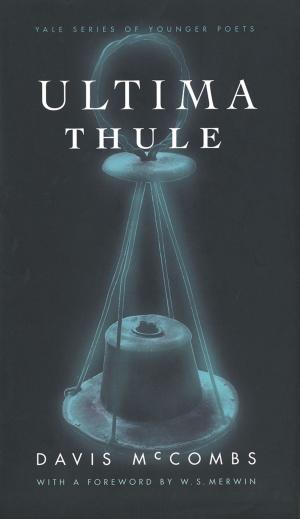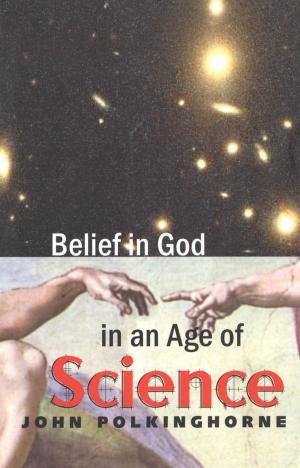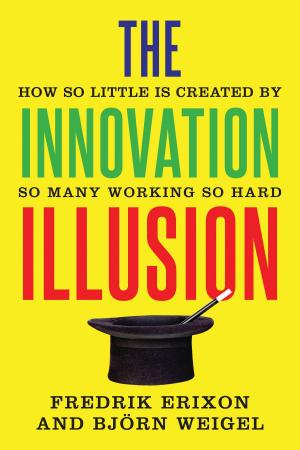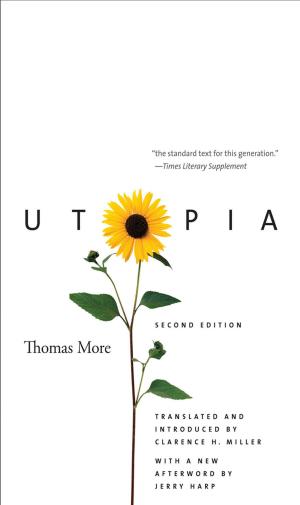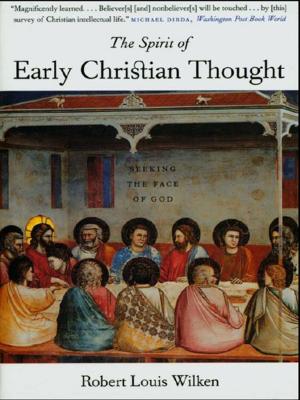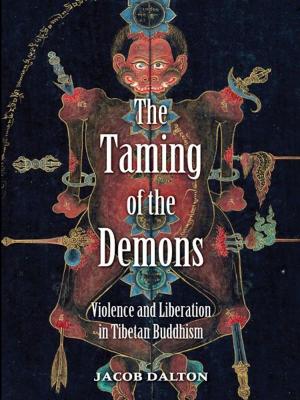| Author: | Arthur C. Danto | ISBN: | 9780300154986 |
| Publisher: | Yale University Press | Publication: | October 20, 2009 |
| Imprint: | Yale University Press | Language: | English |
| Author: | Arthur C. Danto |
| ISBN: | 9780300154986 |
| Publisher: | Yale University Press |
| Publication: | October 20, 2009 |
| Imprint: | Yale University Press |
| Language: | English |
In a work of great wisdom and insight, art critic and philosopher Arthur Danto delivers a compact, masterful tour of Andy Warhol’s personal, artistic, and philosophical transformations. Danto traces the evolution of the pop artist, including his early reception, relationships with artists such as Jasper Johns and Robert Rauschenberg, and the Factory phenomenon. He offers close readings of individual Warhol works, including their social context and philosophical dimensions, key differences with predecessors such as Marcel Duchamp, and parallels with successors like Jeff Koons. Danto brings to bear encyclopedic knowledge of Warhol’s time and shows us Warhol as an endlessly multidimensional figure—artist, political activist, filmmaker, writer, philosopher—who retains permanent residence in our national imagination.
Danto suggests that "what makes him an American icon is that his subject matter is always something that the ordinary American understands: everything, or nearly everything he made art out of came straight out of the daily lives of very ordinary Americans. . . . The tastes and values of ordinary persons all at once were inseparable from advanced art."
In a work of great wisdom and insight, art critic and philosopher Arthur Danto delivers a compact, masterful tour of Andy Warhol’s personal, artistic, and philosophical transformations. Danto traces the evolution of the pop artist, including his early reception, relationships with artists such as Jasper Johns and Robert Rauschenberg, and the Factory phenomenon. He offers close readings of individual Warhol works, including their social context and philosophical dimensions, key differences with predecessors such as Marcel Duchamp, and parallels with successors like Jeff Koons. Danto brings to bear encyclopedic knowledge of Warhol’s time and shows us Warhol as an endlessly multidimensional figure—artist, political activist, filmmaker, writer, philosopher—who retains permanent residence in our national imagination.
Danto suggests that "what makes him an American icon is that his subject matter is always something that the ordinary American understands: everything, or nearly everything he made art out of came straight out of the daily lives of very ordinary Americans. . . . The tastes and values of ordinary persons all at once were inseparable from advanced art."



